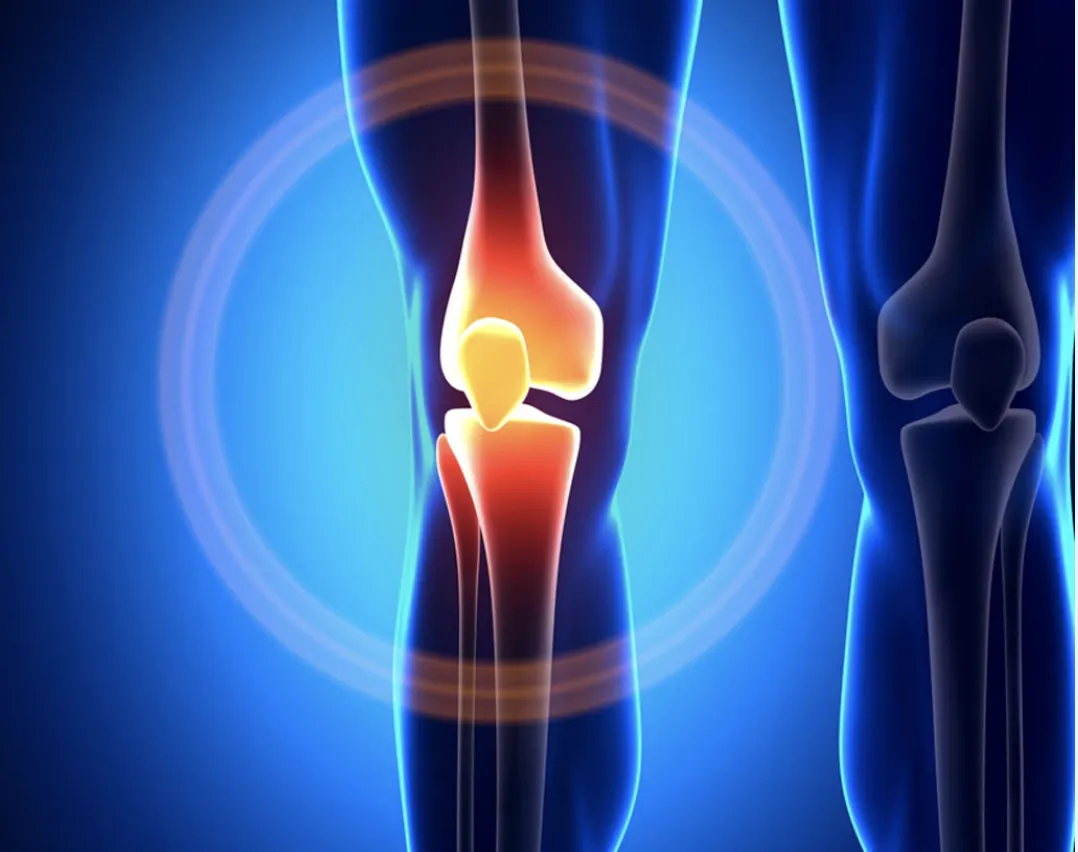
New Cutting-Edge Knee Relief--Without The Cutting!
Knee replacement surgery is a daunting procedure--just ask any of our several clients who've gone through it.
While replacing a knee can reduce pain and get people back in action, 1 in 5 knee replacement patients say they're unhappy with their outcome. While rare, complications like infection occur--I've known of 3.
Replaced knees can remain vulnerable to infection long-term, even years after the surgery.
Knee replacement isn't your only option
Whether you don't want to deal with the pain and recovery or just want to put it off for a while, there’s a growing menu of medically recognized treatments that can reduce pain, improve movement, and delay (or even avoid) surgery.
They all employ neuromodulation--interrupting nerve pain signals. “We’ll go after the pain signal, not replacing the worn-out parts.”
These procedures are regarded as invasive, with relative risks, but the risks are lower than with knee replacement.
1️⃣ Radiofrequency Ablation (RFA)
Quick relief, no downtime RFA is a 30-minute outpatient procedure where a physician uses X-ray guidance and radio waves to "quiet" the nerves that send pain signals from the knee. It’s not permanent — nerves regrow — but most patients get relief for 6–12 months. The procedure can be repeated as needed.
2️⃣ Genicular Artery Embolization (GAE)
Reduce inflammation at the source This 35-45-minute procedure is gaining ground quickly. Originally used to treat tumors and bleeding, embolization blocks abnormal blood vessels in the arthritic knee that carry inflammation and pain signals. Results last at least one year and as long as four years. Research is ongoing, but it’s already helping patients stay mobile without surgery.
3️⃣ Surgical Knee Denervation
A cutting-edge alternative with promising results In this 45-minute procedure, the 4 sensory nerves around the knee are severed and reattached to nearby motor nerves. It tricks the sensory nerves into thinking they're motor nerves, leading them to stop transmitting pain signals. Unlike the other two, it’s a one-time outpatient surgery.
You might wonder, “If I can’t feel the pain, won’t I make things worse?”
Great question. Doctors say that staying active, because you’re no longer in constant pain, can help preserve mobility and the health of the tissues around your knee.
So… Should You Wait?
Knee replacement is still the only permanent "fix." But these options can buy you time--months or even years--of pain relief while you stay active, get stronger, and live more comfortably in the meantime.
Or maybe time for even better alternatives to come along!
Ask yourself:
How quickly do I want to recover?
What kind of results do I expect?
Am I healthy enough for surgery?
What if this treatment doesn’t work?
You don’t have to live in pain....but you don’t have to rush into surgery, either.
You’ve got options!